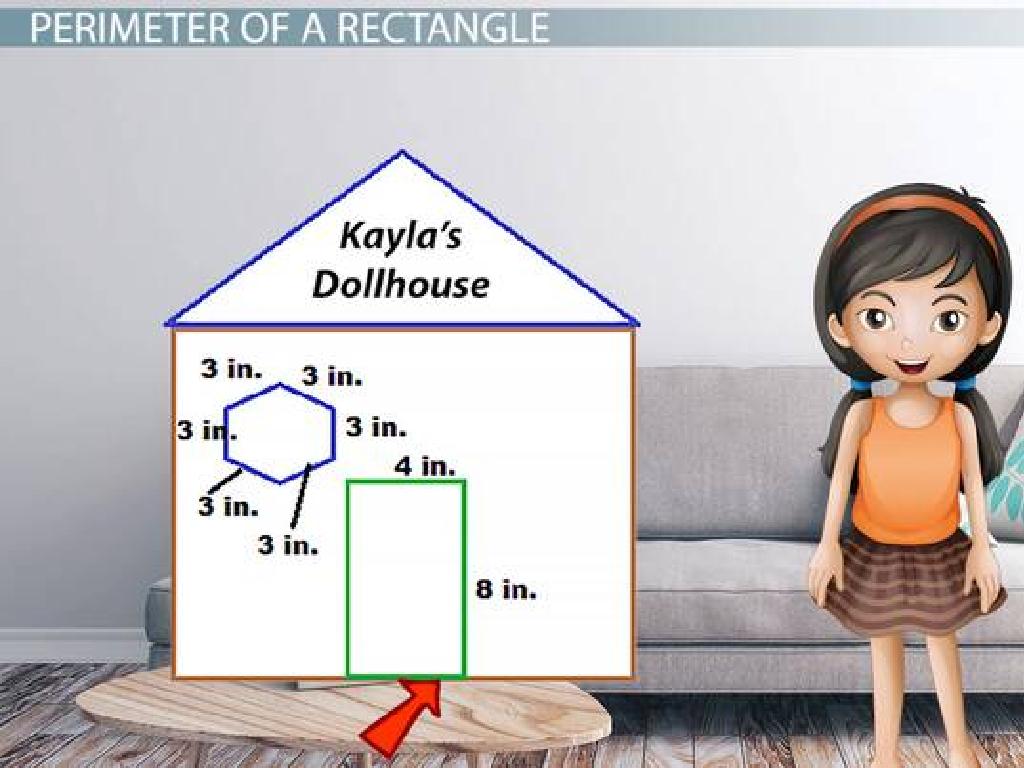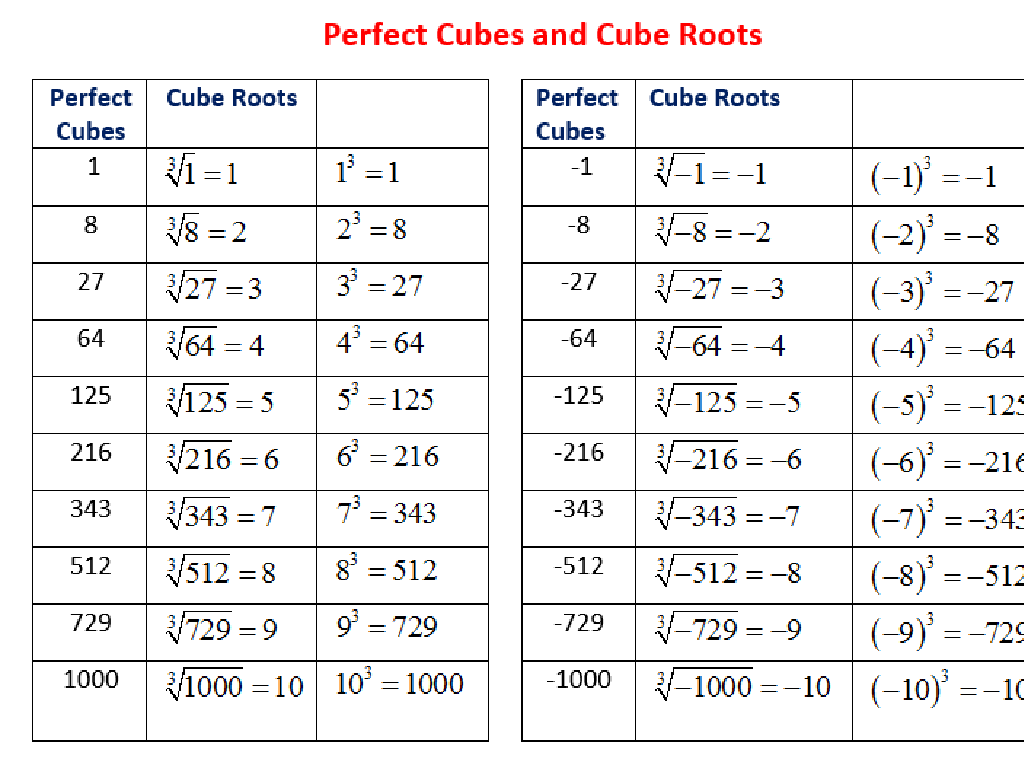Distinguish Facts From Opinions
Subject: Language arts
Grade: Third grade
Topic: Opinion Writing
Please LOG IN to download the presentation. Access is available to registered users only.
View More Content
Understanding Facts vs. Opinions
– Learn what facts and opinions are
– Facts are things that are true and can be checked, like ‘Dogs have four legs.’
– Why knowing the difference matters
– Knowing this helps us write better and think critically about information.
– Facts can be proven true or false
– For example, ‘The Earth orbits the Sun’ can be proven with evidence.
– Opinions are what someone believes
– Opinions are personal, like ‘Chocolate ice cream is the best!’
|
This slide introduces the concept of facts versus opinions, which is crucial for developing strong opinion writing skills. Emphasize that facts are statements that can be verified and proven, while opinions are based on personal beliefs and feelings. Understanding the difference is key to forming well-reasoned arguments and respecting others’ viewpoints. Encourage students to think of their own examples of facts and opinions and to consider why being able to distinguish between the two is important for both writing and everyday conversations.
Understanding Facts in Opinion Writing
– Define a fact
– A fact is a statement that is true and can be proven.
– Facts can be verified
– You can look up facts in books or ask an expert to make sure they are true.
– Example: Hours in a day
– ‘There are 24 hours in a day’ is a fact because we can measure time.
– Example: Dogs’ classification
– ‘Dogs are mammals’ is a fact because it’s based on scientific classification.
|
This slide introduces the concept of facts as part of opinion writing. It’s crucial for students to understand that a fact is something that can be proven true and is not just someone’s belief or opinion. Provide clear examples that are relevant and understandable for third graders, such as the number of hours in a day and the classification of dogs as mammals. These examples will help them grasp the concept of verifiable information. Encourage students to think of other facts they know and how they can prove them. This will set the foundation for distinguishing between facts and opinions in their writing.
Understanding Opinions
– What is an opinion?
– Opinions show feelings or beliefs
– Like preferring cats over dogs
– Opinions are not provable
– We can’t test to prove if summer is the best
– Examples of opinions
– ‘Summer is the best season.’ ‘Chocolate ice cream is better than vanilla.’
|
This slide introduces the concept of opinions to third-grade students. Begin by explaining that an opinion is what someone thinks or feels about something and that it is different from a fact, which is something that can be proven. Emphasize that opinions are subjective and can vary from person to person. Use relatable examples to illustrate opinions, such as preferences in seasons or ice cream flavors. Encourage students to think of their own opinions and understand that everyone has different thoughts and feelings that can’t be right or wrong.
Fact or Opinion?
– Understanding facts vs. opinions
– Facts are statements that can be proven true or false. Opinions are what someone thinks or feels.
– Practice with spoken statements
– I’ll read aloud a statement, and you’ll use clues to decide its nature.
– Decide if each is fact or opinion
– Listen carefully and use what you’ve learned to classify the statement.
– Explain your reasoning
– Be ready to tell us why you think it’s a fact or an opinion.
|
This slide is for an interactive class activity where students will practice distinguishing between facts and opinions. Start by explaining the difference between a fact (a statement that can be proven true or false) and an opinion (what someone believes or feels). Read statements aloud to the class and have students decide if each statement is a fact or an opinion. Encourage them to explain their reasoning, reinforcing their understanding of the concept. This activity will help students critically evaluate information, an essential skill in reading comprehension and opinion writing.
Why Distinguish Facts from Opinions?
– Clear communication is key
– Knowing the difference helps us understand each other better.
– Essential for essay writing
– Facts support your argument; opinions express personal feelings.
– Crucial for interpreting news
– Helps to know what’s true in the world around us.
– Important in debates
– Opinions shape discussions but need to be separated from facts.
|
Understanding the distinction between facts and opinions is fundamental for effective communication. It allows students to express themselves clearly and understand others better. When writing essays, it’s important to back up arguments with facts while recognizing personal opinions. In reading news, distinguishing facts from opinions is crucial for developing an informed understanding of events. During debates, recognizing opinions versus facts can lead to more productive and respectful discussions. Encourage students to practice identifying facts and opinions in various texts and conversations to enhance their critical thinking skills.
Class Activity: Fact or Opinion Game
– Play the ‘Fact or Opinion’ game
– Sort statements with a partner
– Decide if each is a ‘Fact’ or ‘Opinion’
– Explain your choices to the class
– Share reasons for your decision, was it a provable fact or someone’s belief?
|
This interactive game helps students understand the difference between facts and opinions. Students will work in pairs to categorize given statements as either ‘Fact’ or ‘Opinion’. After sorting, each pair will explain their reasoning to the class, fostering discussion and critical thinking. For the teacher: Prepare a list of diverse statements beforehand. Possible activities include having students write their own statements, using examples from current events, or statements about school life. Encourage students to justify their choices by looking for evidence or lack thereof. This activity aims to develop analytical skills and the ability to articulate thought processes.
Writing Time: Facts vs. Opinions
– Write a fact about your favorite animal
– A fact is something true about the animal, like ‘Cats have four legs.’
– Write an opinion about your favorite animal
– An opinion is what you think or feel, like ‘Cats are the cutest animals.’
– Share your sentences with the class
|
This activity is designed to help students understand the difference between facts and opinions. Start by explaining that a fact is a statement that can be proven true or false, while an opinion is based on personal feelings and cannot be proven. Encourage students to think of their favorite animal and come up with one fact and one opinion about it. After writing, students will share their sentences with the class. This will allow them to hear a variety of facts and opinions, further reinforcing the concept. Possible activities for different students could include drawing their favorite animal and labeling the picture with a fact and an opinion, or pairing up to guess which sentence is a fact and which is an opinion.
Wrapping Up: Facts vs. Opinions
– Congratulations on learning
– Facts can be proven true
– Like ‘Water freezes at 0°C’
– Opinions express beliefs
– Such as ‘Cats are better than dogs’
– Keep practicing distinguishing!
|
Great work guiding the students through the differences between facts and opinions. As a conclusion, reinforce the idea that facts are statements that can be verified and proven, while opinions are personal beliefs or feelings that are subjective and not necessarily based on evidence. Encourage the students to continue practicing by identifying facts and opinions in everyday situations, in books they read, and even in conversations they hear. This will help them become more critical thinkers and better communicators.






